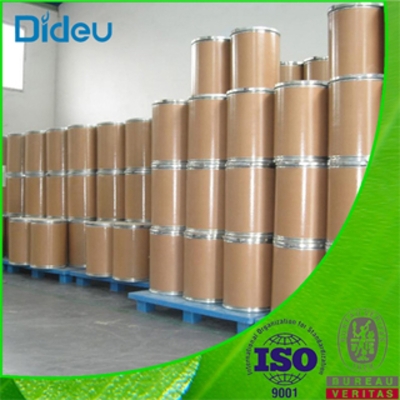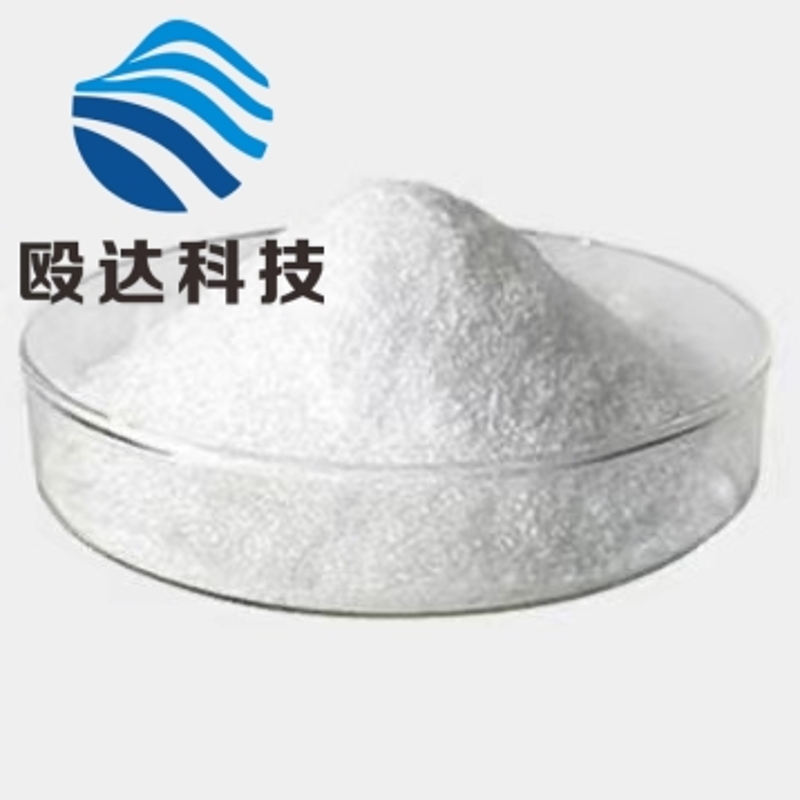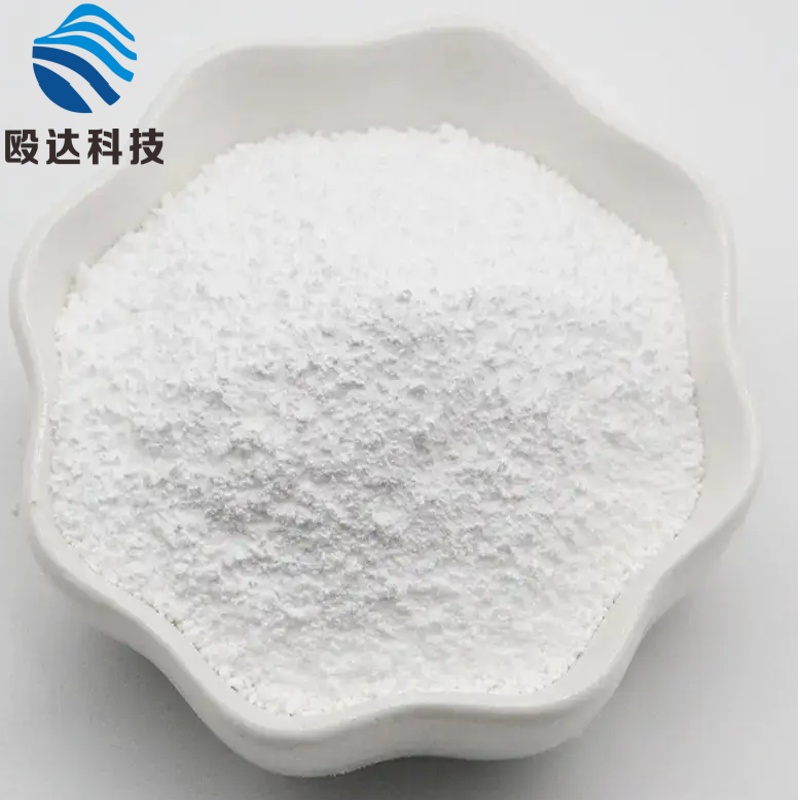-
Categories
-
Pharmaceutical Intermediates
-
Active Pharmaceutical Ingredients
-
Food Additives
- Industrial Coatings
- Agrochemicals
- Dyes and Pigments
- Surfactant
- Flavors and Fragrances
- Chemical Reagents
- Catalyst and Auxiliary
- Natural Products
- Inorganic Chemistry
-
Organic Chemistry
-
Biochemical Engineering
- Analytical Chemistry
- Cosmetic Ingredient
-
Pharmaceutical Intermediates
Promotion
ECHEMI Mall
Wholesale
Weekly Price
Exhibition
News
-
Trade Service
The synthesis of (3S,4R)-benzyl 3-ethyl-4-(3H-imidazo[1,2-a]pyrrolo[3,2-b]pyridine)carboxylate, also known as Compound 1, is a complex and multi-step process that requires a high degree of chemical expertise and precision.
The production process can be broken down into several key stages, including assembly, reduction, and deprotection.
The synthesis of Compound 1 begins with the assembly of the appropriate building blocks, which are then combined in a series of reactions to form the desired compound.
This assembly process typically involves the use of a variety of reagents and catalysts to facilitate the formation of the desired bonds between the different molecular fragments.
The next step in the production process is reduction, which involves the reduction of the nitro group present in the building blocks used to synthesize Compound 1.
This reduction step is essential to prevent the nitro group from interfering with the subsequent steps in the synthesis.
The reduction process can be carried out using a variety of reducing agents, including hydrogen gas, lithium aluminum hydride (LiAlH4), and sodium borohydride (NaBH4).
Once the nitro group has been reduced, the next step in the production process is deprotection, which involves the removal of the protecting groups that were added to the building blocks during the assembly step.
This deprotection step is necessary to expose the functional groups on the molecule that are required for the next steps in the synthesis.
The deprotection process can be carried out using a variety of reagents, including hydrogen chloride (HCl), hydrogen bromide (HBr), and trifluoroacetic acid (TFA).
After the deprotection step, the resulting compound is purified to remove any remaining impurities and ensure that the product is of the highest possible purity.
This purification step can be carried out using a variety of techniques, including crystallization, chromatography, and recrystallization.
In conclusion, the production process for (3S,4R)-benzyl 3-ethyl-4-(3H-imidazo[1,2-a]pyrrolo[3,2-b]pyridine)carboxylate, or Compound 1, is a complex and multi-step process that requires a high degree of chemical expertise and precision.
The process involves several key stages, including assembly, reduction, and deprotection, and requires the use of a variety of reagents, catalysts, and purification techniques to ensure the production of a highly pure and potent pharmaceutical compound.







